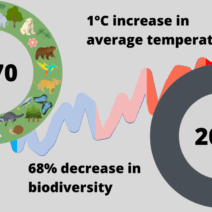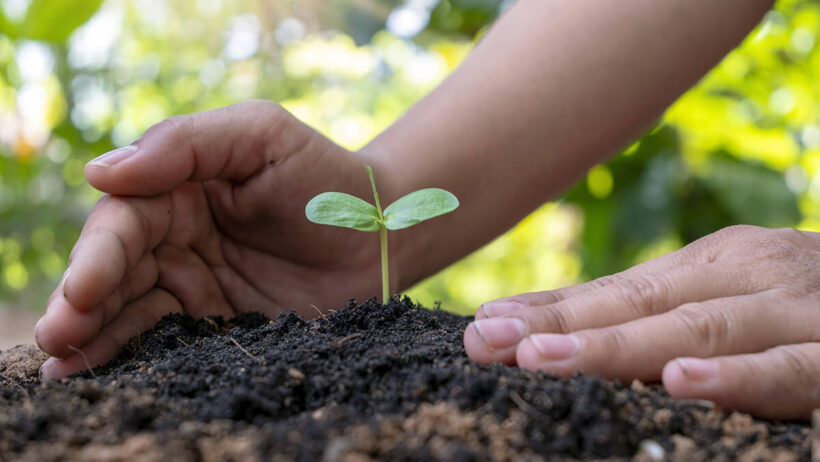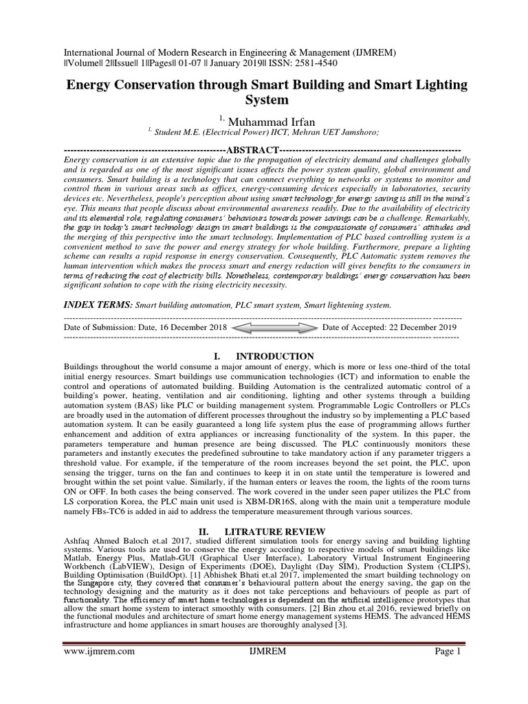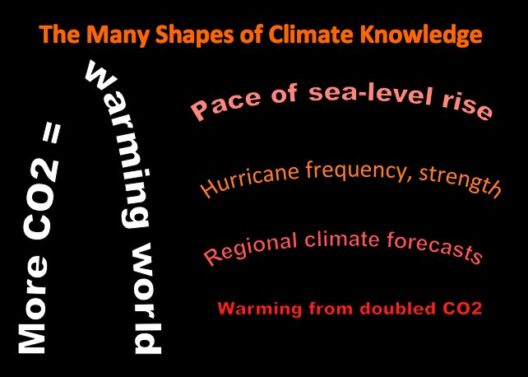In recent years, the conversation around climate change has intensified dramatically, with various solutions and strategies emerging to mitigate this global crisis. Among these, the act of planting trees has garnered significant attention. Advocates proclaim it as a panacea, a veritable green elixir capable of revitalizing our planet. But does planting trees really help with climate change? Or is it merely a romantic notion, a form of greenwashing that distracts us from more systemic issues?
To address this question, it is imperative to grasp the role trees play in our ecosystems. Trees, through the process of photosynthesis, absorb carbon dioxide (CO2) from the atmosphere and sequester carbon in their biomass. A mature tree can absorb approximately 48 pounds of CO2 annually, contributing to a sizable reduction in atmospheric carbon levels. The more trees we plant, the more carbon we can potentially capture, thereby mitigating one of the principal drivers of climate change.
However, the narrative surrounding tree planting is not as straightforward as it might appear. While it is undeniable that trees are crucial carbon sinks, the effectiveness of large-scale tree planting initiatives can vary. We must consider several factors that influence their potential benefits beyond just capturing carbon. For instance, the biodiversity of the area in which trees are planted impacts their ecological efficacy. Monoculture tree plantations—where only one species is planted—can lead to diminished biodiversity and soil quality, making these efforts less effective in combating climate change in the long term.
Moreover, tree planting initiatives can inadvertently lead to what is known as “carbon offsetting.” This phenomenon can result in a lack of accountability for industries that continue to pollute. The assertion that planting trees allows corporations to continue their current practices without making substantive changes is concerning. If we view tree planting solely as a means to offset emissions, we may neglect the need for substantial reductions in fossil fuel consumption, changes in agricultural practices, and a transition to renewable energy sources.
Furthermore, the timing of planting is critical. New saplings require years, if not decades, to mature and maximize their carbon absorption capabilities. During this period, the planted areas must be protected against deforestation, climate extremes, and other anthropogenic pressures. If these growth cycles are not safeguarded, the investments made in these trees can become futile. Thus, the sustainability of these projects depends heavily on long-term commitment and careful management.
In selecting tree planting as a climate mitigation strategy, it is crucial to make informed decisions regarding the species and locations involved. Native species, adapted to local conditions, are typically more resilient and better at establishing ecological balances. Such trees play an essential role in their ecosystems, providing habitats for various wildlife, which in turn increases overall biodiversity—a critical component in a healthy ecological network.
In addition, we must consider the socio-economic dimensions of tree planting. Many projects aimed at reforestation or afforestation miss an essential point: community involvement and engagement. When local communities participate in tree-planting initiatives, the efforts often yield more success. These communities possess vital knowledge regarding native species, local climates, and ecological conditions. In contrast, externally imposed projects might fail to consider the unique ecological and cultural contexts, leading to suboptimal outcomes.
Moreover, the concept of agroforestry blends traditional agriculture with tree planting, potentially offering a dual benefit: improving food security while sequestering carbon. This integration provides another layer of complexity to the simple idea of planting trees. It suggests a more holistic approach toward land use that can address food production and climate mitigation simultaneously.
Nonetheless, it is also essential to challenge the overly simplistic belief that tree planting alone can sufficiently counterbalance our environmental woes. It is one piece of a larger puzzle. While trees encompass remarkable potential, the complexity of climate change demands multifaceted action. Policymakers must also look toward innovative technologies and adaptative strategies that emphasize energy efficiency, reduction of waste, and transformative changes in consumption behaviors.
Transitioning to a sustainable future is fundamentally about systemic changes that encompass societal values, economic structures, and environmental ethics. Each effort to plant trees should be implemented as part of a broader climate strategy rather than a standalone solution. The call for action should entail a movement towards both individual and collective responsibility in environmental stewardship.
Ultimately, while planting trees is undeniably beneficial and contributes positively to addressing climate change, it must be approached with a discerning and critical mindset. The interplay of ecological integrity, community participation, and responsible implementation serves as the cornerstone for sustainable tree-planting initiatives. Fully realizing the potential of trees to combat climate change requires a comprehensive and integrated approach, respecting natural ecosystems while fostering active commitment from communities and governments alike. Only through these deliberate actions can we harness nature’s best defense to truly affect change and preserve the planet for future generations.








